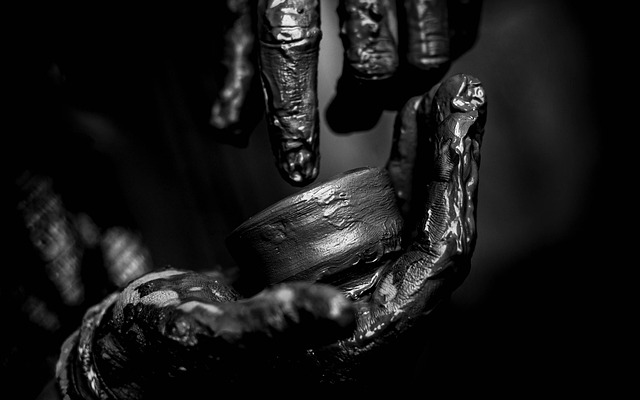The hand is more than just a tool; it is a profound symbol of human creativity and expression. In the world of fine arts, the hand emerges as a bridge between thought and reality, translating the artist’s vision onto canvas, paper, or sculpture. Every brushstroke, every contour molded by the hand tells a story, often echoing the culture from which it originates. As we explore the intricate relationship between the hand and the fine arts, we unravel a tapestry that binds history, emotion, and identity.
Throughout various cultures, the act of creation has often been linked to the hand’s dexterity and originality. Ancient civilizations honored artisans, recognizing the pivotal role their hands played in crafting pottery, textiles, and murals that conveyed their beliefs and everyday life. The hand, in this context, becomes a tool of storytelling, forging a path for future generations to understand their heritage. From Aboriginal dot paintings to the intricate detail of Asian calligraphy, the hand serves not just as a medium but as a cultural emblem.
In contemporary art, the narrative continues. Artists from diverse backgrounds utilize their hands to challenge societal norms and provoke thought. Graffiti, for instance, transformed urban landscapes, allowing voices that were once silenced to express their realities. The hand, in this case, symbolizes rebellion, marking territory not just physically but also culturally. Exhibition spaces now showcase these bold assertions of identity and community, inviting the public to engage with the messages behind the artwork.
Moreover, the evolution of artistic techniques demonstrates the versatility and adaptability of the hand. With the advent of digital tools, the concept of the hand has evolved, blurring the lines between traditional and modern art forms. Digital artists wield their styluses with the same care and intention as painters with a brush. This new medium opens up discussions on cultural implications and democratizes the fine arts, allowing a global exchange of ideas. Despite the change in tools, the hand remains the central figure in the act of creation.
The act of drawing, specifically, serves as a fundamental practice for many artists. It is through drawing that ideas are first born, exploring the intersection of spontaneity and precision. Whether sketching with graphite on paper or fluidly digitizing concepts, the hand becomes an extension of thought, capable of expressing an artist’s innermost feelings. As individuals engage in drawing, whether as a practice or as a pastime, they tap into a universal language that resonates beyond words.
Cultural practices often dictate the significance of art, and the hand is at the core of this exchange. In countless traditions, craftsmanship is celebrated, with the hand symbolizing skill and dedication. Ceramics from Japan, intricate beadwork from African tribes, and the delicate art of origami from Japan reflect the powerful connection between the hand and cultural identity. Each piece signifies more than aesthetic value; it approaches the profound relationship between self, community, and artistic legacy.
As we reflect on the art of the hand, we recognize that fine arts are not merely visual experiences; they act as a lens through which we can explore culture. The intricate details of the hand serve as reminders of our collective journey through time – our struggles, victories, and the beauty found in human expression. Engaging with art is akin to holding hands with history, where every mark made speaks volumes about the human experience.




